All You Need to Know About Paint Color Undertones. Ultimate Guide
Learn what undertones are and how they can affect the way the color reads in a room
If you have ever had to choose paint colors for your home, you know that one of the most crucial demands is to consider the paint’s undertones. Undertones are paid a lot of attention to in different paint color reviews too, but you have probably always wondered what they are!
Today, you will learn more about undertones and their role in paint color selection. We will tell you what undertones are and how they work, as well as why it is so essential to understand them. Also, we will explain how undertones affect the way the color reads on the walls and how they are created.
Finally, you will discover helpful techniques for identifying undertones and more useful information!
Introduction
Before we dive into the depth of the undertones world, let’s figure out what undertones are and why you should be aware of them before you start any home painting projects. SImply speaking, knowing paint’s undertones helps you to make use of the color better and pair it with other colors in your home more successfully.
As a result, you get a well-balanced and attractive color palette that makes your living space look cozy and welcoming. But let’s move step by step.
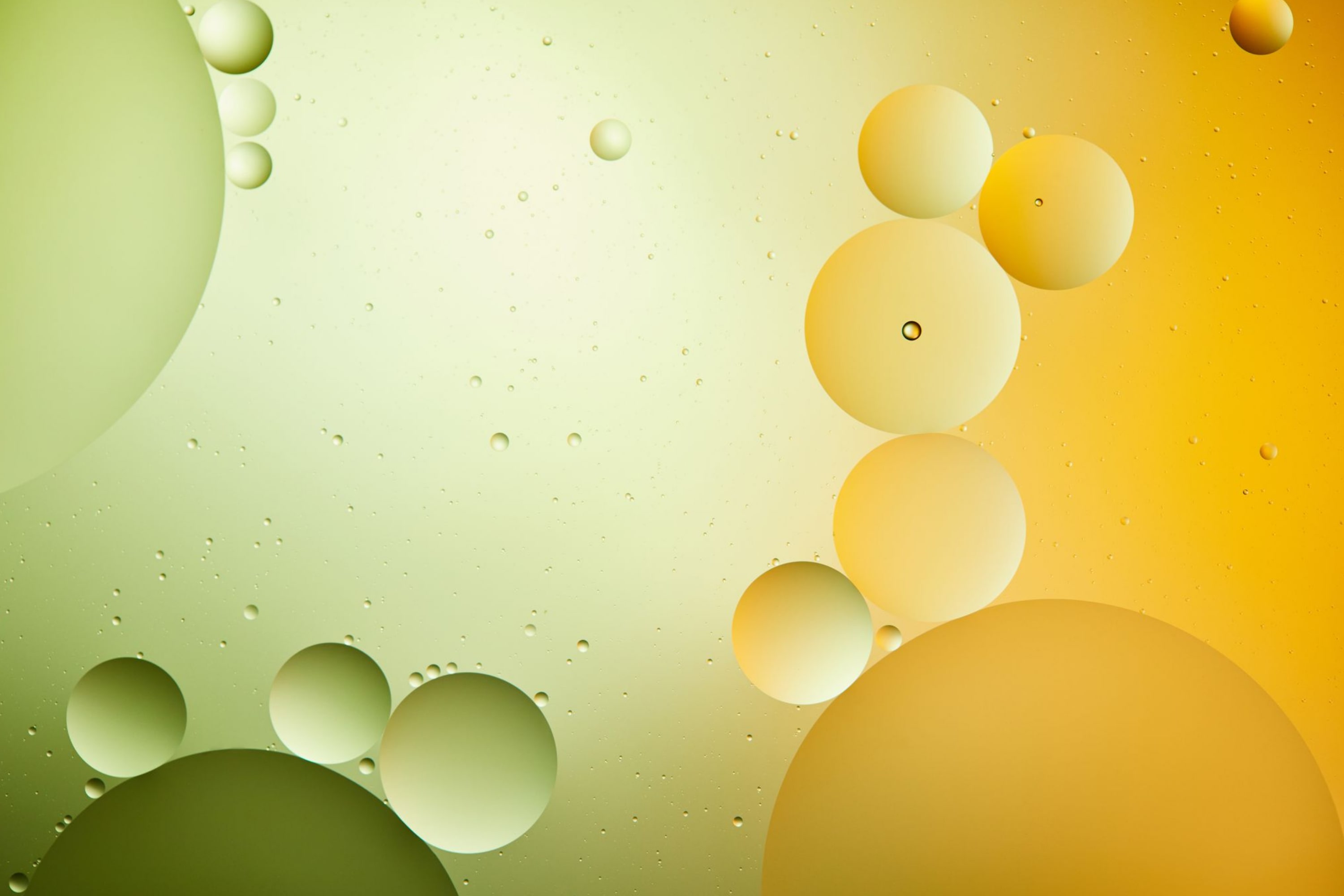
AntonMatyukha via VistaCreate
Table of Contents
Explanation of Paint Color Undertones
What is a color undertone? Let us explain it to you through a simple example. When you look at a paint color, your eyes typically identify its mass tone immediately. The mass tone is the main aspect of color, which makes you give it a specific definition the second you see it (e.g., “it’s green” or “it’s blue”).
However, except for the mass tone, there is also the subtle color (or several of them) hidden underneath it. These hidden “sub-colors” make the color differ from similar colors. This subtle color is the paint’s undertone.

The tricky thing about undertones is that they are not always apparent. Quite often, you can notice undertones only when the paint is paired with other colors. Also, undertones may show up under certain lighting conditions.
Importance of Understanding Undertones In Paint Color Selection
Why is it so essential to be able to define undertones and know about them? The major reason is that knowing undertones will allow you to choose paint colors for your home with confidence. When you know what undertones a specific color has, you can tell in advance how it will pair with other colors and how it will read in your home.
This way, you will avoid misusing color combinations, which often happens when people pair paints whose undertones don’t match well.
The Science of Undertones
For the person who has never learned how to deal with undertones and how to define them, identifying undertones in paint colors can be rather complicated and challenging. This is why we recommend you learn more about the technical side of the matter and figure out what undertones actually are and how they are created.
Also, it would be helpful if you learned what common undertones exist and how lighting may affect them when you use paint in your home. All this will help you deal with different paint colors easier and with more success!
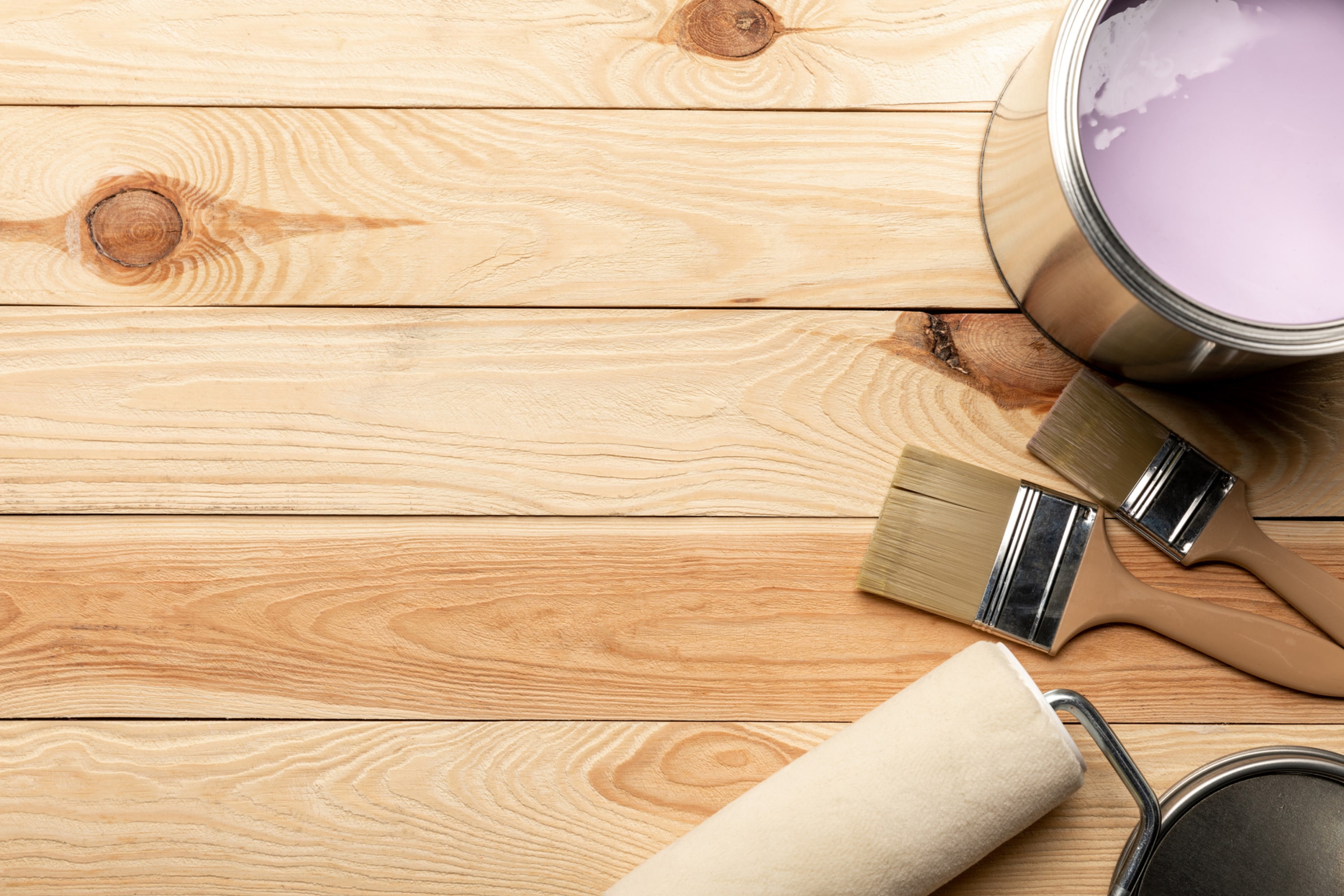
AntonMatyukha via VistaCreate
Definition of Undertones
As you probably know, paint colors are made up of several base colors that are blended together to get a final color (or the mass color). Undertones are the colors hidden within a major color. Due to their concealed nature, undertones are not seen most of the time, but they can completely change the way the color looks on the walls under distinct conditions!
How Undertones Are Created?
Undertones are created during the process of paint manufacturing when several base colors are blended together to get the desired mass color. Each specific paint color is created by mixing two or more colors together to get the desired hue. When this happens, the undertone (or undertones) appears through the exact proportion of color/colors used.
For example, imagine you need to create a beige color. If the color formula has a little more green in it, then your beige will have a greenish undertone. However, if the paint formula has more red, the final color (beige) will get a pink undertone.
Common Undertones In Paint Colors
Now you can understand that different paint colors have distinct undertones. However, for a common homeowner who is not familiar with the color wheel and the color theory, it can be challenging to define what undertones exactly each color has.
To help you out, we have prepared the list of paint colors and their undertones below. With its help, you can easily find the undertones of the color you are going to use in your home!
- Gray: blue, green or violet undertones
- Greige: green undertones
- Taupe: violet or violet-pink undertones
- Beige: orange or pink undertones
- Tan: yellow undertones
- Cream: yellow undertones
- White: mostly yellow undertones, but can pick up any hue!
- Blue: blue-green or blue-violet undertones
- Green: green-yellow or green-blue undertones
- Violet: violet-blue or violet-pink undertones
- Yellow: yellow-orange or yellow-green undertones
- Orange: orange-yellow or orange-pink (red) undertones
- Red: red-violet or red-orange undertones

Background via VistaCreate
The Impact of Lighting On Undertones
As you already know, undertones are mostly hidden underneath the mass color, which is why it can be hard to spot them at once. Usually, they reveal themselves under specific lighting conditions. This is exactly what happens when you suddenly figure out your beautiful beige starts reading orangy when you turn on your lights!
So, how does lighting affect the color’s undertones? First, it matters where your room is faced. Depending on the direction, natural light will play an essential part in how you perceive the paint colors used in it.
- North facing room will have soft light with a warm effect. In such rooms, dark paints will look darker and light paints will read dimmer.
- If the room faces South, it will have much more intense light. In this room, dark colors will seem brighter and light colors can even make the space look washed out!
- West-faced rooms will receive warm light in the evenings and shadows in the mornings.
- Rooms lit by the East light can look brighter before noon and seem cooler in the evenings.
Also, don’t forget about the artificial lighting! The type of bulbs or lights you use in your home will also affect the way paint colors read in the space.
- Standard soft white incandescent lights and LED bulbs provide warm, natural lighting. They will make bright colors (e.g. red, orange, yellow) read slightly more intensely. Cooler colors like green, blue or gray will appear a little duller.
- Fluorescent lights will give off a bluish, cool-toned light instead. Such lights work well with cooler paints like those in the blue, green or gray family.
Identifying Undertones
Now that you know why undertones are so essential and how they work in your home, you might be wondering how you can identify them. This is a common question since undertones are tricky, and usually, people have issues with correctly identifying them. Below, we have explained what tricks can be used to make the process simpler!

Background via VistaCreate
Techniques for Identifying Undertones
The quickest and simplest way to determine the undertone is to compare the color you have to a true color with the same mass tone. For example, if you have a red color and you need to find the undertone for it, compare this red next to a true red. This will allow you to see whether your red has a more yellow or violet undertone.
However, this method has one downside. It’s not always easy to find a true color for the correct comparison. This is why we recommend using a color wheel to be sure you have the purest true color possible.
Another approach you can try is to sample a paint color right in your home. It is considered the best way to check what undertones a color has. See, when you are sampling it in your home, you already see how the surrounding colors affect the color of the walls.
And since everything from the color of your counter surfaces to lighting can bring out unexpected undertones on the walls, sampling the color in the room is the optimal solution.
Common Mistakes to Avoid When Identifying Undertones
When identifying undertones, it is mandatory not to make a mistake that can lead to a misperception of the color and its undertones! Among such common mistakes there are the following ones:
- Sampling the color only under specific lighting conditions (e.g., only in daylight and not in artificial light).
- Not checking how the color reads throughout the day in a room.
- Not checking how the color reads along with other colors in the room.
- Not sampling the color in your home at all.
This is why we always recommend people sample the color they plan to use in their homes! By using sticky samples, you can easily check how the particular color will look in your living space and how it will work with other colors in it.
Also, it is essential to check how the color reads in different lighting conditions and see how the sample works throughout the day. This way, you will know how the paint might look in the morning, noon, and evening and how it may react to artificial lights.

JanPietruszka via VistaCreate
Tips For Accurately Identifying Undertones
If you want to identify undertones more accurately to not only make the color work in your home but also to choose a shade compatible with your personality, use the following tip.
There are five major personality types. They help people understand their main character traits, but also, they can help you choose colors for your home more successfully! These personality types include:
- Openness
- Conscientiousness
- Extraversion
- Agreeableness
- Neuroticism

Each personality type comes with a few colors that are most suitable for this kind of person.
- Openness: brighter, saturated, and deeper colors are preferred. Also, use saturated hues like reds, yellows, and oranges.
- Conscientiousness: opt for hues with cool, earthy undertones. Try watery blues, soft greens, and off-white.
- Extraversion: use whites and neutrals to create a calmer vibe, or try bright and vivid colors like red, chartreuse green, or bold yellows to highlight the active nature of these people.
- Agreeableness: use mushroom whites, taupes, soft browns, grays, and any range of neutral that have cool or warm undertones.
- Neuroticism: stick to calm paint colors with cool undertones like natural blues and greens.
When you identify your personality type and choose colors according to it, you will achieve a more harmonious color palette in your home.
Undertones and Color Families
To identify undertones correctly, you also need to know what color families exist and what undertones they might have. Below, we will explain what color families are used, how undertones affect them, and what common undertones each color family has.

Background via VistaCreate
Overview of Different Color Families (e.g. reds, blues, greens, etc.)
You probably heard of the color wheel and the color theory. If you are not aware of the details, there are twelve segments on the color wheel. Each segment represents the color family of that particular hue. Here is the color families list:
- Yellow
- Yellow-green
- Green
- Blue-violet
- Blue
- Blue-green
- Violet
- Red-violet
- Red
- Orange
- Yellow-Orange
- Red-orange
All these colors can also be divided into three categories of warm-toned, cool-toned, and neutral colors. Warm-toned are yellows, oranges, and reds. Cool-toned are typically blues and greens. Neutrals are blacks, whites, beiges and skin-toned colors.
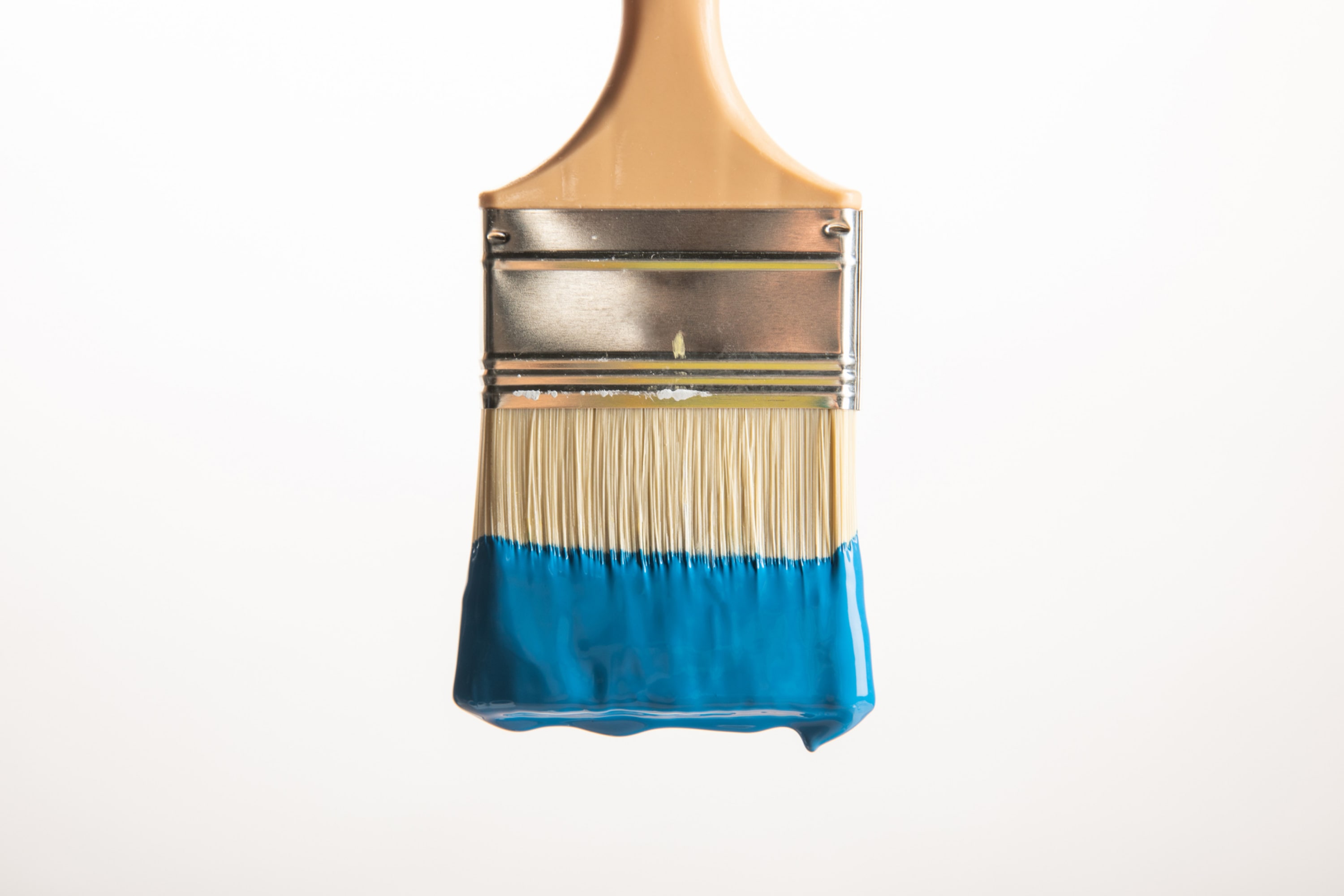
AntonMatyukha via VistaCreate
Also, color families are categorized into several types:
- Primary colors, e.g. yellow, red, and blue (cannot be made by mixing other colors)
- Secondary colors (two primary colors mixed together)
- Complementary colors (two colors directly across from each other on the color wheel, e.g. red-green, yellow-blue.)
- Analogous (three colors next to each other on the wheel)
Common Undertones In Each Color Family
Depending on the colors that create a color family, this family will have common undertones. For example, common undertones for the blue color family would be blue-green or blue-violet undertones. The green color family has green-yellow or green-blue undertones.
Colors from the yellow family will have either yellow-orange or yellow-green undertones. The orange color family has orange-yellow or orange-pink (red) undertones, and the red family will have red-violet or red-orange undertones.
Undertones and Decorating Styles
Depending on the interior decorating style, you might want to choose colors with specific undertones. Otherwise, the space won’t read harmonious and balanced. For example, in the Traditional style, you might want to use cool-toned colors rather than juicy and vivid ones. Below, we will explain more about the interior decoration styles and how undertones work in them.
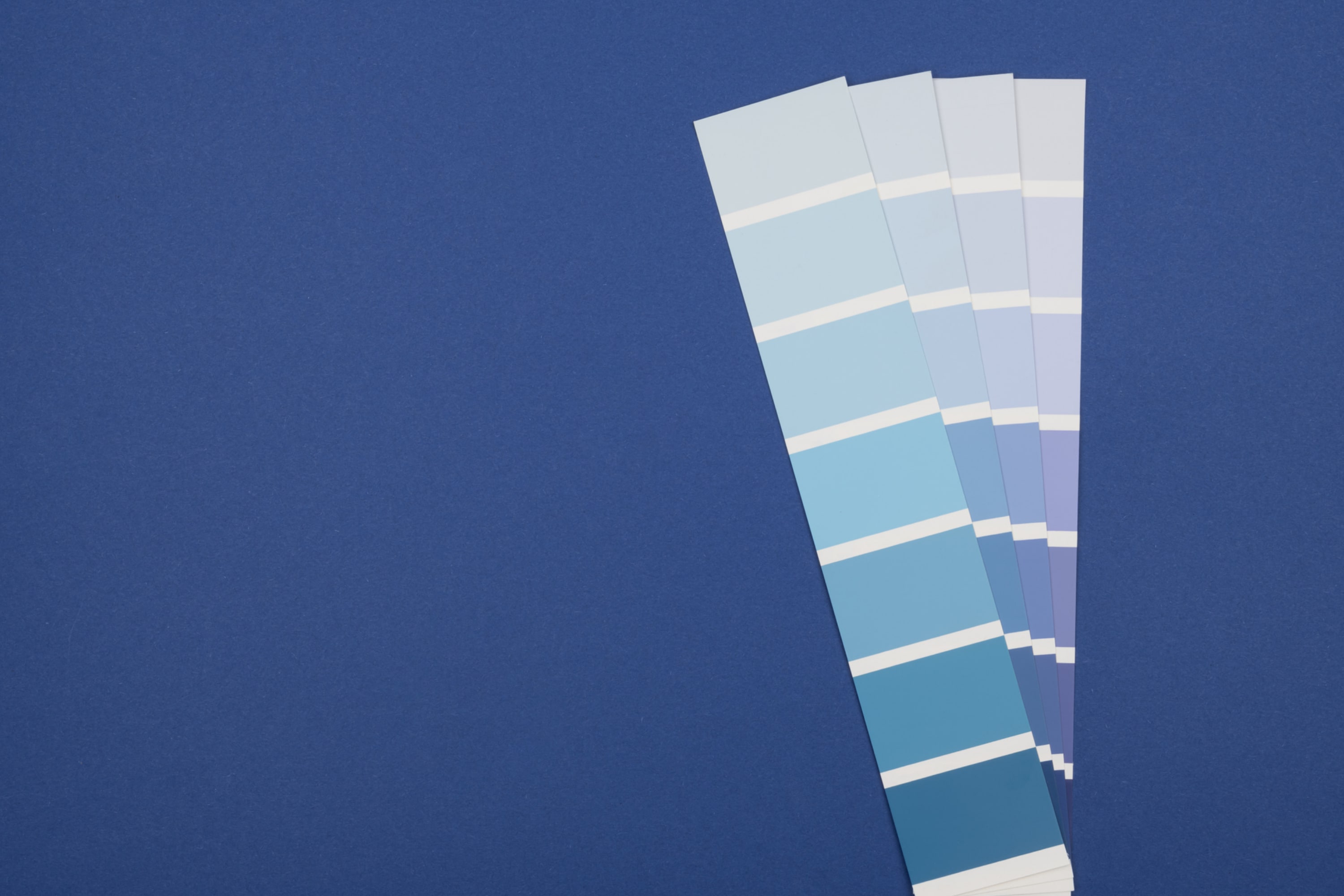
Oder01 via VistaCreate
Overview of Different Decorating Styles (e.g. modern, traditional, eclectic, etc.)
There are several decorating styles out there that are used in our homes. Read on to learn what features each of them has. This way, you will understand their differences better.
- Transitional Interior Design Style (combines traditional elegance with contemporary lines and textiles).
- Traditional Interior Design Style (glam-looking, with expensive textiles and materials, wooden furniture and 18th & 19th Century England and France aesthetics).
- Modern Interior Design Style (minimal, with clean lines and smooth, sleek surfaces).
- Eclectic Interior Design Style (uses neutral color palettes with a few accent colors. Balance between color and texture).
- Contemporary Interior Design Style (a sleek and simple space that looks interesting and distinct).
- Coastal Interior Design Style (airy and light design with blue and navy accents, wooden surfaces, and natural textiles).
- Rustic Interior Design Style (natural materials, industrial touches, and earthy colors).
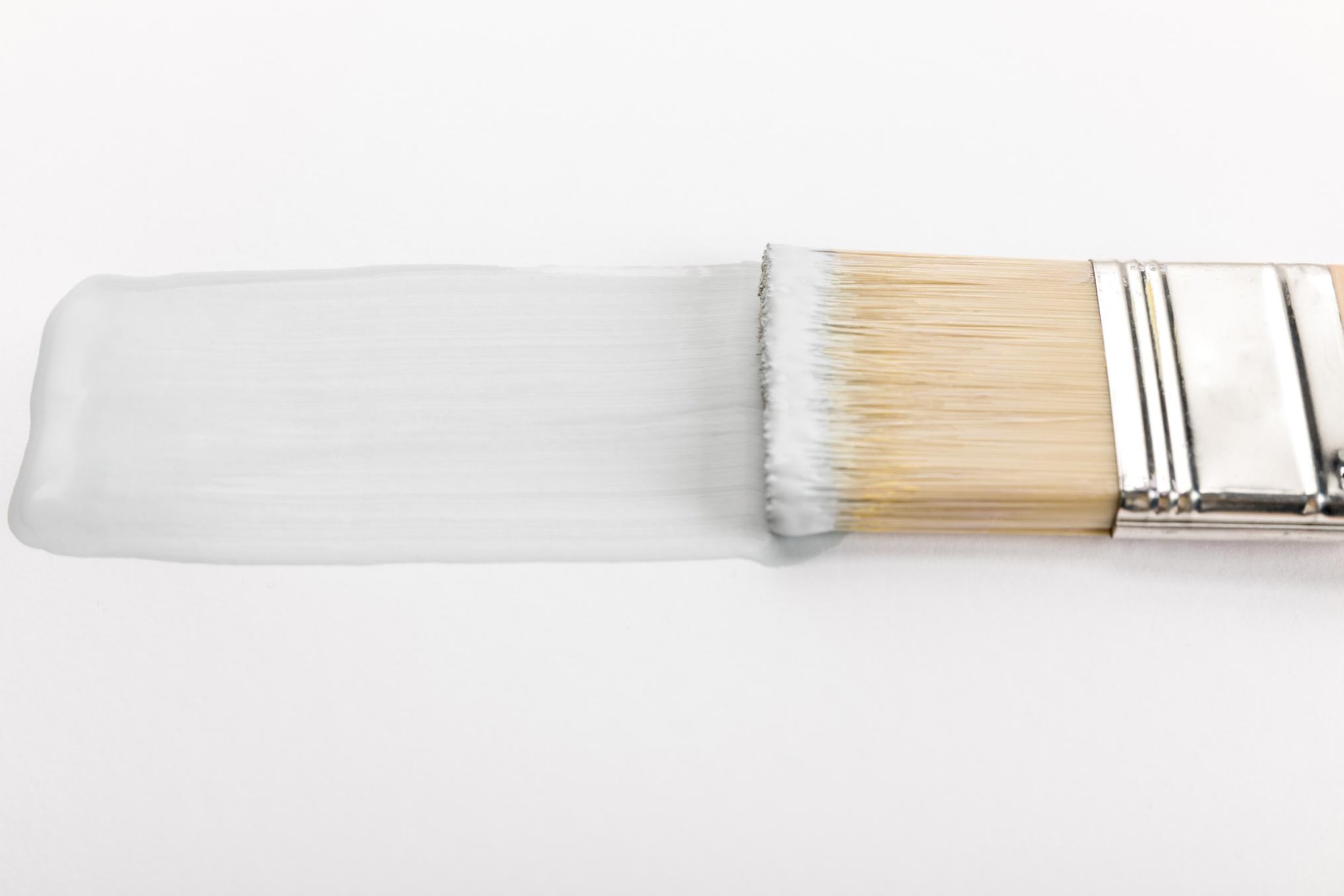
mediaAs via VistaCreate
How Undertones Complement or Clash With Different Decorating Styles?
By mixing different design styles, you can make them play and make a room more stylish and layered. For better results, use the 80/20 rule and assign 80% of the room to one design style and leave 20% of the room to the other style.
To make different styles coordinate better, use repetition of color and limit the color palette. This will add more balance to the space. Besides, by limiting the palette, different styles will clash less and coordinate with each other better.
At this point, always consider undertones. If you use warm-toned colors, then adding cool-toned ones might not look good enough. Instead, use neutrals since their undertones allow incorporating them into any color palette.

mediaAs via VistaCreate
Choosing Paint Colors Based on Undertones
If you decide to choose paint colors for your home based on undertones, you need to know a few handy tips that will allow you to do that. Below, you can check how to do it correctly.
Tips for Selecting Paint Colors Based on Undertones
When you’re choosing colors for your home, keep a few things in your mind:
What mood do you want to achieve in the space you’re painting? Which types of colors do you need to choose for which spaces?Do you need to use the same undertones throughout your home?What are paint color mass tones?
When you consider all this, you’ll less likely to get a mismatched palette. And remember that some undertones are trickier than others! E.g., yellow undertones are some of the most difficult to match. They can warm a space, but when combined with whites with blue undertones, can look completely off.

JanPietruszka via VistaCreate
How to Test Paint Colors For Undertones Before Committing?
To test your paint color or colors, the best way is to make use of sampling stickers. They are easy to buy in any paint store, but you must ensure that they are the original ones! This is why purchase these samples at the brand paint stores only.
With their help, you can easily see how each color will read in your space. YOu just need to stick the sample to the wall and leave it there for a day or two. It will allow you to see how the color reacts to different types of light and how it works with other colors in the space.
Common Mistakes to Avoid When Choosing Paint Colors Based on Undertones
To choose paint colors wisely, you should avoid several common mistakes that people make. Make sure you keep them in mind and try to act at a slow pace.
- Don’t make a decision too quickly
- Consider the furniture and decor
- Don’t place samples right next to each other not to get distracted
- Don’t use too many colors
This way, you will be able to select the colors that work for your home best of all.

DmitryPoch via VistaCreate
Conclusion
Now you learned more about paint undertones and their role in your home. To sum it all up, let’s see once again what you have learned today.
Recap of the Importance of Understanding Undertones In Paint Color Selection
Now you know what makes undertones so important and why you should always consider them when choosing the paint colors for your home. You know that undertones can be pretty tricky, making paint read differently. As a result, you must be aware of its hidden undertones to tell in advance how the color might read in the room.
Final Thoughts and Recommendations for Readers
Since you know what undertones are and how they work, you will better understand their nature and the rules of their use. We recommend you always sample each color you want to use in your home to see how its undertones may work. This will save you time and money you might have spent on repainting the walls should you pick the wrong color.
Ever wished paint sampling was as easy as sticking a sticker? Guess what? Now it is! Discover Samplize's unique Peel & Stick samples. Get started now and say goodbye to the old messy way!
Get paint samples




Frequently Asked Questions
⭐Should I match paint undertones?
Yes, it’s recommended to narrow your paint choices and pick the most suitable colors.
⭐How many undertones can paint have?
Usually, paint colors have from one to three undertones.
⭐Are all undertones seen at the same time?
Not exactly. They can show up depending on the lighting conditions.
4 thoughts on “All You Need to Know About Paint Color Undertones. Ultimate Guide”
Leave a Reply

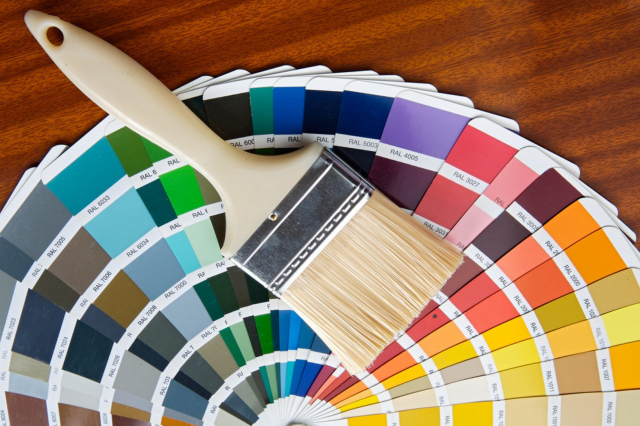
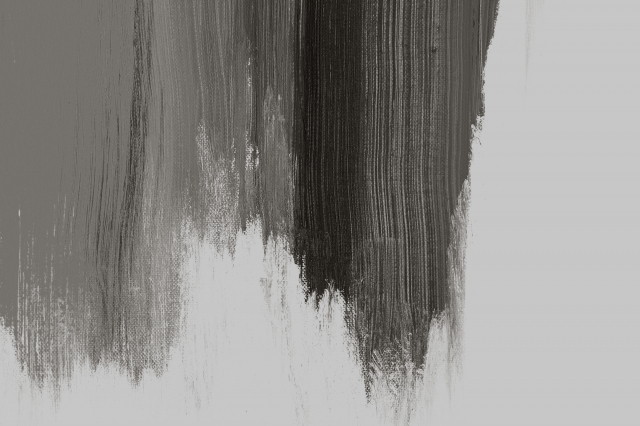
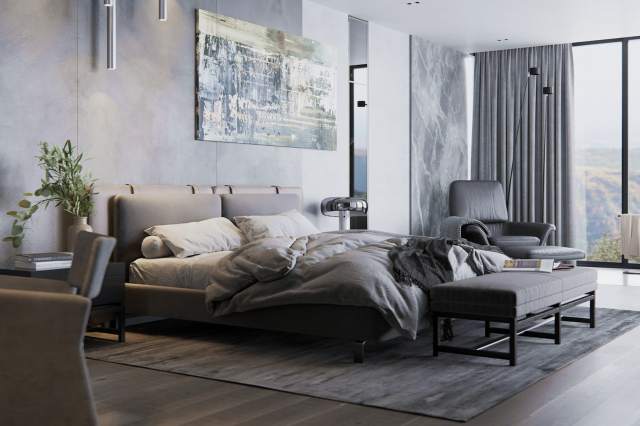

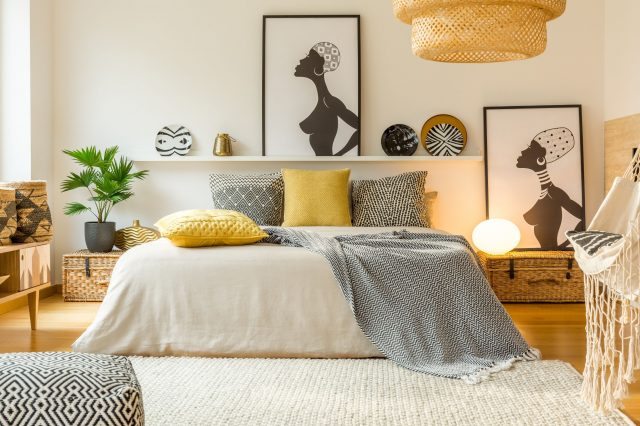


What if I see the color’s undertones changing during the day? Is it normal? I tried a gray color sample, but in the evening, it looks darker and grayer, and in the morning, it’s a bit greenish.
It’s absolutely fine! It simply means this color has greenish undertones. If you don’t want this green hue, try other shades of gray.
Hi! Could you please tell me which sampling method is best – the one when you need to apply the paint to the wall or the one that uses sticky samples?
Hello! We’d say the second method that uses sticky samples is better since you don’t have to paint the wall. Besides, it allows you to try many more colors!